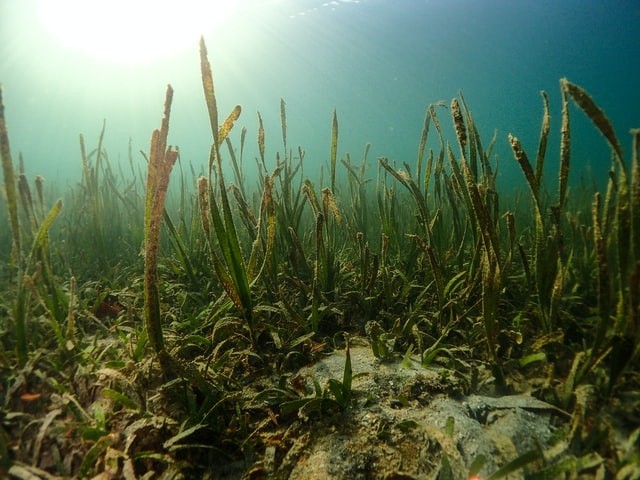In metropolitan locations wherein lawn and garden fertilizers are being utilized, nutrients might drain off the soil. Nutrients can also be found in pet and animal excrement.
Nitrogen and phosphorus are chemical components present in soils and fertilizers which plants require to flourish, just as any gardener or farmer can tell you.
They also understand that differing nitrogen and phosphorus ratios are beneficial or destructive to different plants and crops.
Nitrogen and Phosphorus Imbalance

Nitrogen and phosphorus likewise play important roles in lakes, altering the clean and pure waters of low-nutrient lakes, as per Sciencedaily.
Although significant efforts have been made to monitor the levels of each fertilizer element independently, little study has been conducted to examine how well the nitrogen to phosphorus ratios provided to lakes may affect algal development and water quality in significant ways.
A group of researchers led by experts from the University of Montana's Flathead Lake Biological Station has now studied the nutrient dynamics in Flathead Lake for over 40 years.
This one-of-a-kind dataset, compiled by the FLBS Flathead Monitoring Program, demonstrates a persistent nitrogen-phosphorus imbalance that is expected to have severe biological effects in Flathead Lake and other low-nutrient environments.
For almost a century, FLBS research and monitoring activities have been the first-line defense against ever-increasing challenges to the Flathead watershed's renowned water quality.
In the effort to preserve the lake's health and outstanding water quality, the key challenges of nutrient contamination and invasive species have retained the bio station's oldest adversaries.
However, in recent times, according to the FLBS Director also a member of the National Academy of Sciences, and the lead author of the study, Jim Elser, with his associates, they began to question whether monitoring nitrogen and phosphorus separately was sufficient.
He was keen to find out, given his long history of formulating and testing the notion of ecological stoichiometry.
When the nitrogen-to-phosphorus ratio is high, as it is in Flathead Lake, plankton development is likely limited for much of the year due to a shortage of accessible phosphorus.
Nutrient Contamination
This is also referred to as eutrophication. Excess nutrients might cause more significant issues, such as inadequate quantities of dissolved oxygen in the water, as per Ocean Service.
Severe algal growth prevents plants, such as seagrasses, from growing by blocking light. Whenever algae and seagrass die, they decompose.
The oxygen in the water is used throughout the decay process, resulting in low amounts of dissolved oxygen in the water. This, in turn, has the potential to harm fish, crabs, oysters, and other aquatic species.
Nutrients can be obtained from various sources. They might form naturally as a consequence of weathering of rocks and soil in the watershed, or they can arrive from the oceans due to water current mixing.
Scientists are primarily interested in nutrients connected to living in coastal zones since human-related inputs outnumber natural inputs.
As there are more people living in coastal regions, additional nutrients are entering our coastal waterways through wastewater treatment facilities, urban runoff during rainstorms, and agriculture. All of these variables can contribute to the increase in nutrient contamination.
Related Article : The Most Vulnerable Among the 45,000 Marine Species Are At-risk
© 2025 NatureWorldNews.com All rights reserved. Do not reproduce without permission.





